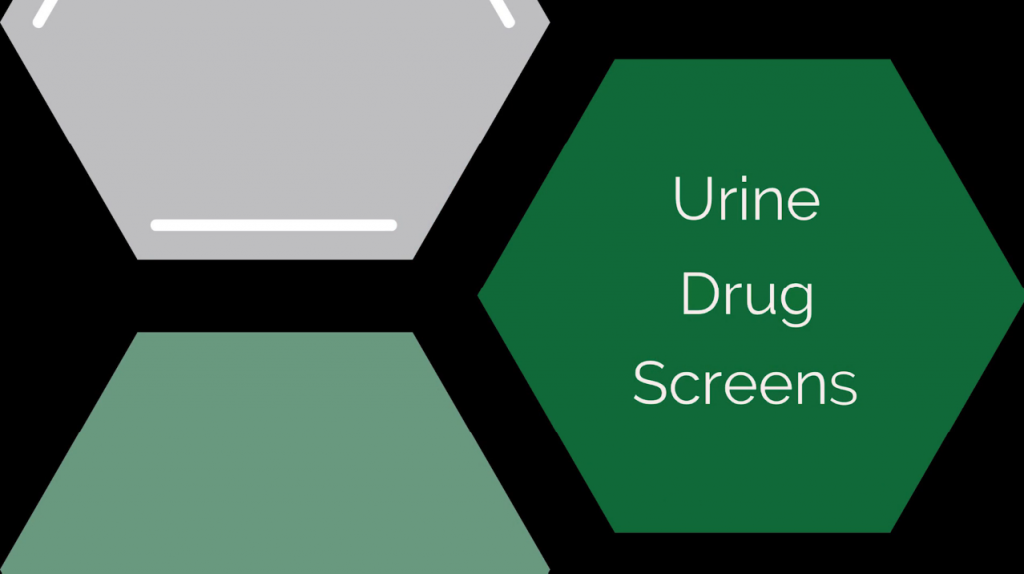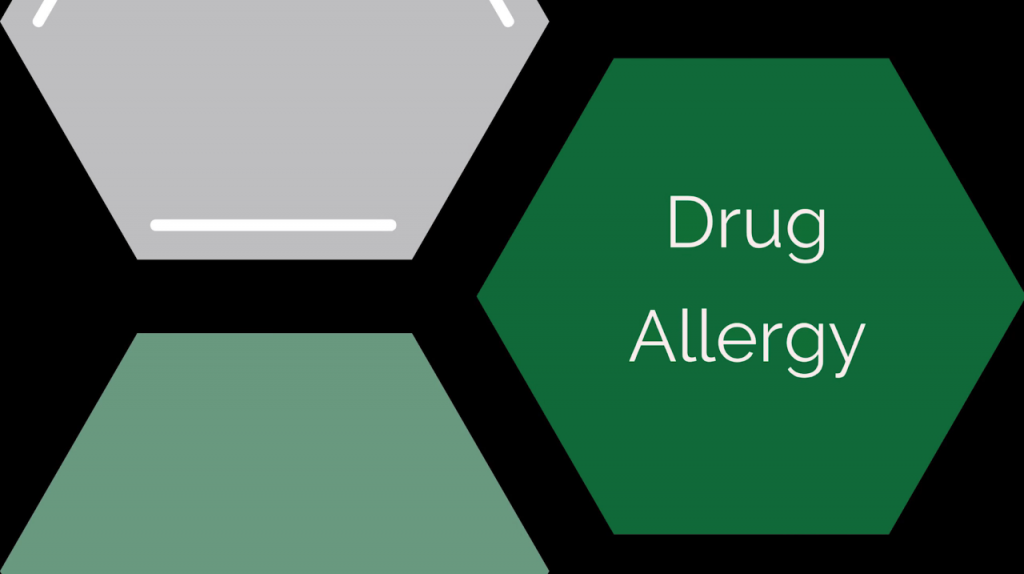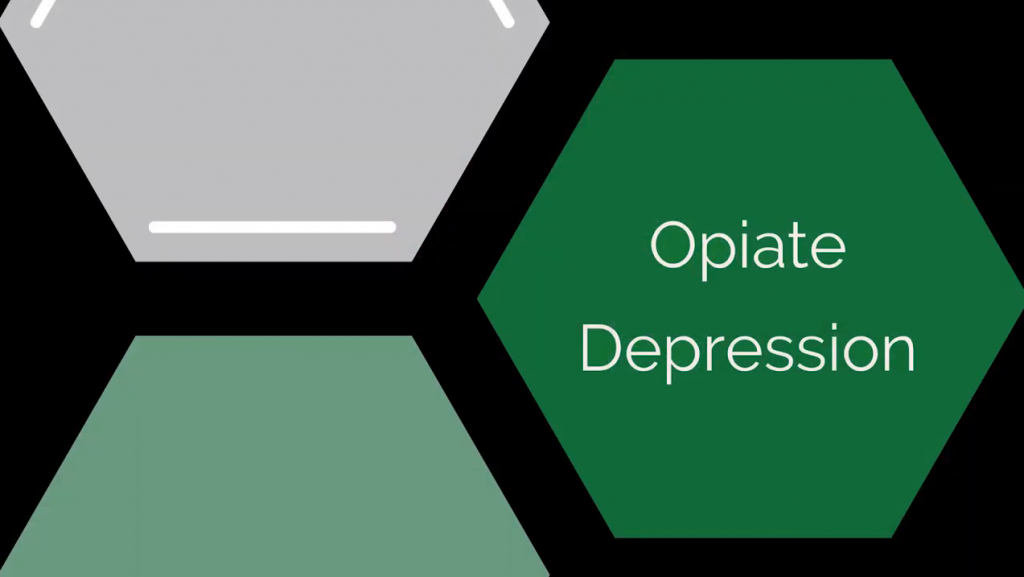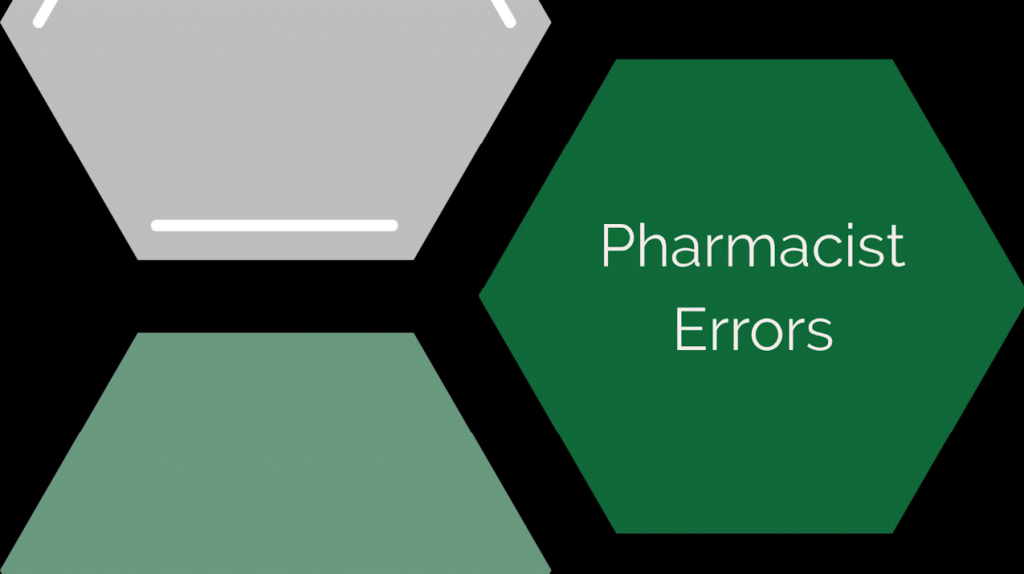Pharmaceutical Compounding

Compounding of pharmaceuticals is necessary if a drug is not manufactured, due to a discontinuation or shortage, to meet the clinical needs of a patient. This may occur in a local pharmacy or in a hospital. A few years ago, a tragedy was reported related to contaminated spine steroid injections compounded by the New England Compounding Pharmacy in Massachussetts. The compounding product had a widespread use throughout the US for lumbar spine injections for back pain. As a result of sloppy and unsafe practices, batches of the injection became contaminated, and hundreds of patients developed fungal meningitis; 70 patients died. In addition to civil and regulatory lawsuits and sanctions, the pharmacists in charge have been charged in criminal court for placing patients live at risk.
Other contaminated injections, including eye drugs, have occurred in the past, but not to the far reaching effect of NECC. Other types of errors include the wrong chemicals used in the formulation, and an excessive (dose) amount or inadequate amount, due to ignorance or inexperience of those preparing the formulation.
As a rule, If product is available commercially, then a compounding product should not be used or made.
Manufacturer products are safer than compounded.
Urine Drug Screening

The first step to assessing whether someone has a drug in their system is often a urine drug screen. Drug screens can be performed to test drug use after a crash, to test whether prospective employees are drug users, as part of compliance in a drug program, to determine possible impairment after a workplace accident, and in other civil and criminal situations. Drugs of abuse typically tested are cocaine, methamphetamine, marijuana, phencyclidine, and morphine/opiates. Urine drug screening detects whether certain drug classes are present, but generally cannot distinguish individual drugs. So a test for morphine will also test positive for opiates, but not necessarily opioid medication. Advantages of urine drug screens are that they are inexpensive and non-invasive. Other urine drug panels may be used to detect additional drugs in one class, or additional classes of medication.
Drug Induced Falls

This is an important topic excerpted from our O’Donnell’s Drug Injury IVth Ed. book
Significant contribution to Falls
Use of medicines, such as tranquilizers, sedatives, or antidepressants. Even some over-the-counter medicines can affect balance and how steady you are on your feet.
In theory, ANY drug that causes one of the following effects can increase the risk of falling:
Opiate Toxicity Video

Not a day goes by without multiple news reports about the opiate epidemic and opiate deaths in all walks of life. Dr. James J. O’Donnell has prepared a video explaining how opiates cause toxicity, specifically suppression of breathing, which is the mechanism of death in opiate toxicity and overdose.
This scenario presents in criminal law (drug induced homicide), as well as in civil/health care malpractice. Deaths occur on the street, in the hospital, and after discharge at home.
Drug Allergy Video

Allergic reactions can occur with any drug. Patients need to be constantly asked about allergic reactions, and notes/warnings/flags about allergies must be posted on all medical, health, pharmacy, and dental records. Some drugs cause allergies more than others, and patients with multiple allergies are at risk for more allergies and more severe reactions. Allergic reactions can be minor, a rash, itching, or severe/deadly, an anaphylaxis – unable to breath, loss of pulse, or severe swelling/ rash on the skin.
The minor reactions, with no prior reaction hisory, are unavoidable. They are important, and must be noted, because the second or subsequent exposures can result in a severe or deadly reaction. As a result of this, severe reactions are, in most cases, avoidable.
The video, presented by James T. O’Donnell Pharm D, discusses allergic reactions, risks, avoidance, and provides guidances for risk reduction of this very common and frequently deadly adverse drug reaction.
Pharmacist Errors

A recent front page story in the Chicago Tribune reporting more than 50% of pharmacists tested failed to detect and warn about dangerous drug interactions made national news, and calls by the Illinois Governor for increased enforcement of the Illinois Pharmacy Practice Act.
The video below on pharmacists errors is presented by James Thomas O’Donnell, a pharmacist who has served as a pharmacy college professor, the Founding Editor of the Journal of Pharmacy Practice, and a frequent consultant and expert witness in pharmacist error cases.
Autobrewery
Autobrewery is a process by which the body produces alcohol endogenously and without drinking.
Alcohol is produced inside the body from sugars and other carbohydrates by a process called fermentation. Scientific consensus suggests that autobrewery would not produce significant alcohol levels in healthy individuals, though disease states, diet, and/or medications may enhance alcohol production by autobrewery. Metabolic disorders which impair the body’s ability to eliminate alcohol will increase alcohol concentrations in the body. Therefore, the alcohol produced naturally by the body would build up to high levels, and this would naturally add to alcohol which was actually drunk by the individual. Such metabolic disorders are most commonly found in people of Japanese descent. Secondly, yeast infections in the gastrointestinal tract produces autobrewery which can result in very high BACs. In fact, one case report details a case where a female had BACs in excess of 3 times the legal limit. Continuous monitoring in a rehabilitation facility excluded alcohol drinking as an explanation and her aspirate grew abundant amounts of yeast. Endogenous alcohol production is highest when ingesting food high in carbohydrate content, since this is a starting material for fermentation. Finally, in one case I consulted on, a supplement for cholesterol called Red Yeast Rice caused intoxication above the legal limit, because, as the name suggests, this product contained yeast.
Intoxication as a result of autobrewery would constitute involuntary intoxication. To assess whether autobrewery is a valid defense, I would look for evidence of yeast infections, alcohol metabolism disorders, or ingestion of the supplement Red Yeast Rice.
Ambien Sleep Driving
Ambien is a benzodiazepine-like drug (ie, Xanax) which is used as a sleeping pill. It induces a rapid descent into sleep. One of its classic side effects is anterograde amnesia. After taking the pill, the person may be awake and functional for some time before falling asleep, but they may have no recollection of that time afterwards. More importantly, after falling asleep, people get up, sleep walk, sleep cook, sleep drive, and even sleep-sex. People may conduct a late-night phone conference for work after taking Ambien, appearing fully functional, but have no memory of the phone call. Ambien, like benzodiazepines, has sedative properties in addition to inducing sleep. Sleep driving after Ambien use is a phenomenon related to this sedation. People are not fully alert while driving after consuming Ambien, resulting in DWIs, crashes, and even death. If the person is not aware of sleep driving as a possible side effect of Ambien, this would constitute involuntary intoxication.
Retrograde Extrapolation
Ambien is a benzodiazepine-like drug (ie, Xanax) which is used as a sleeping pill. It induces a rapid descent into sleep. One of its classic side effects is anterograde amnesia. After taking the pill, the person may be awake and functional for some time before falling asleep, but they may have no recollection of that time afterwards. More importantly, after falling asleep, people get up, sleep walk, sleep cook, sleep drive, and even sleep-sex. People may conduct a late-night phone conference for work after taking Ambien, appearing fully functional, but have no memory of the phone call. Ambien, like benzodiazepines, has sedative properties in addition to inducing sleep. Sleep driving after Ambien use is a phenomenon related to this sedation. People are not fully alert while driving after consuming Ambien, resulting in DWIs, crashes, and even death. If the person is not aware of sleep driving as a possible side effect of Ambien, this would constitute involuntary intoxication.